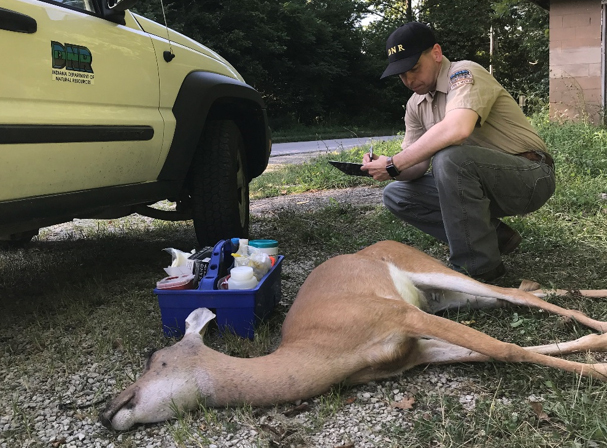It's time to get ready for deer season
Indiana Department of Natural Resources sent this bulletin at 09/13/2019 08:57 AM EDT
|
|
The public may report sick or dead deer to Indiana DNR online through the Report a Dead or Sick Deer form. |
 |
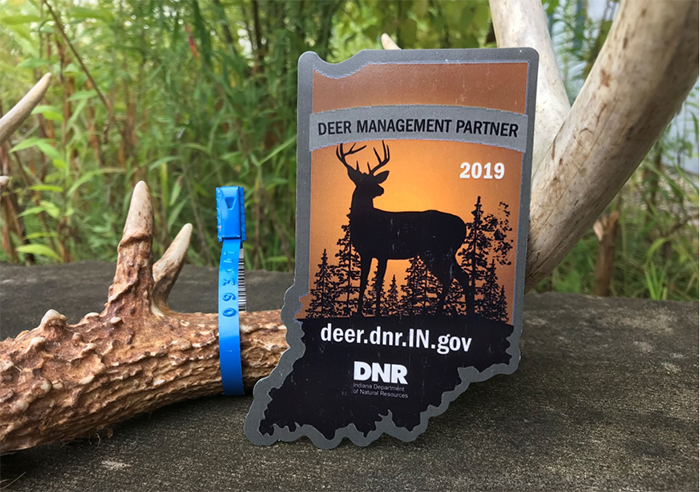
Chronic wasting disease surveillance
|
DNR is conducting targeted chronic wasting disease (CWD) surveillance in northwest and northeast Indiana during the 2019-2020 deer hunting season. |
 |
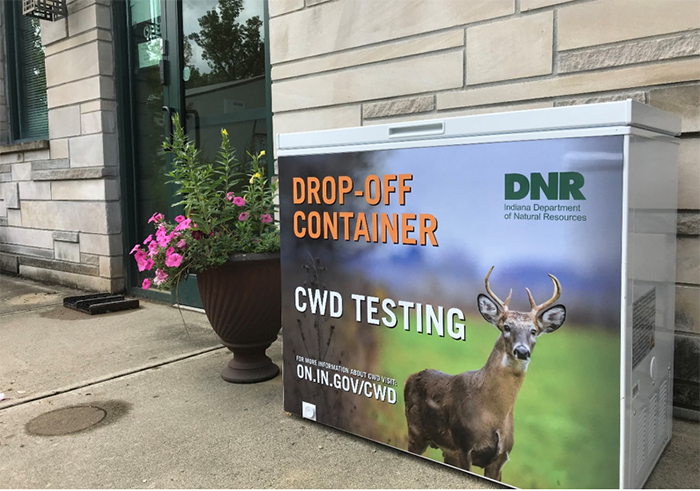
CWD testing outside the surveillance area
Hunters interested in testing a deer for CWD that was harvested outside the CWD surveillance area may independently submit their deer to the Purdue Animal Disease Diagnostic Lab for testing for a fee.
Hunters should complete the submission form and follow the shipping instructions on Purdue ADDL’s website. Alternatively, hunters may take their deer to a nearby Fish & Wildlife Area property and drop off the head to be sampled, or the deer can be sampled while you wait by appointment during normal business hours, Monday through Friday.
Property details and locations will be available soon on the CWD website.
bTB surveillance
|
A total of 2,677 hunter-harvested deer were sampled for bovine tuberculosis (bTB) from 2016 to 2019, none of which tested positive. |
 |
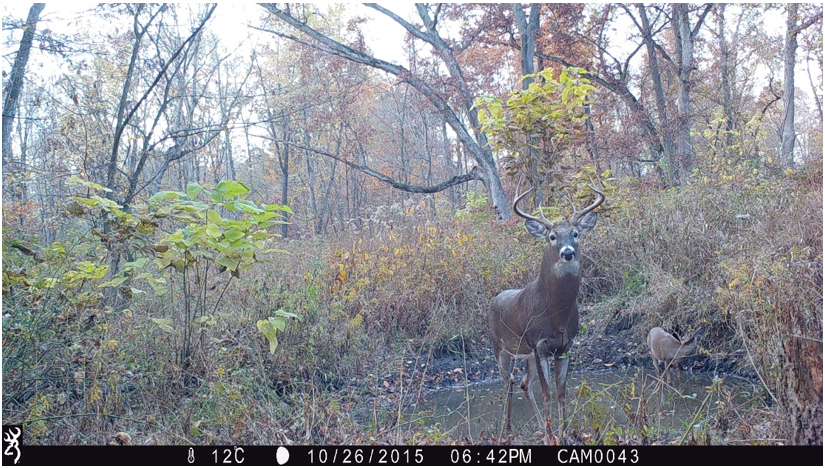
After Hunt Survey – share your experience
The After Hunt Survey was created in 2017 to capture biological data on harvested deer and to evaluate the hunter’s hunting experience.
The survey will be available again this deer season. Any successful hunter may complete the online survey immediately after checking in a deer online or at a later date by visiting our website. Additional hunter participation is needed in this survey to collect enough data to incorporate findings into county level deer management.
 |

Photos courtesy of the Southeastern Cooperative Wildlife Disease Study
Inspect your deer hooves
One sign that a deer has contracted and survived EHD is the sloughing or breaking of their hooves. DNR would like successful hunters to report both normal looking hooves and hooves that show evidence of breaking using the After Hunt Survey. See photos above for examples of sloughing or damage.
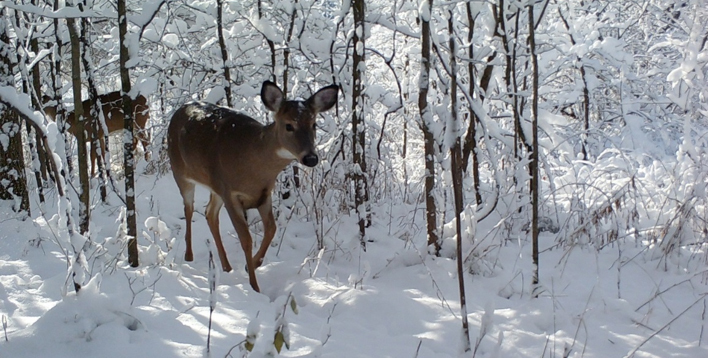
County bonus antlerless quotas lowered
County bonus anterless quotas have been reduced to a maximum of two in areas impacted by EHD.
Counties that had a county bonus anterless quota of three or four, have now been reduced to two. Counties that already had a county bonus anterless quota of two or fewer have not changed. The effects of the harvest and EHD will be evaluated after the season and additional changes may be made the following year if necessary.
The Special Antlerless Firearms Season is only allowed in counties marked in green on the county bonus antlerless map. These counties previously had a county bonus antlerless quota of four, but were reduced to a maximum of two.
Annual deer report now onlineThe 2018 Indiana White-tailed Deer Report is now available online. This year’s publication contains more comprehensive deer data and analyses and includes results from hunter and non-hunter surveys. Data from individual counties can also now be found online. |
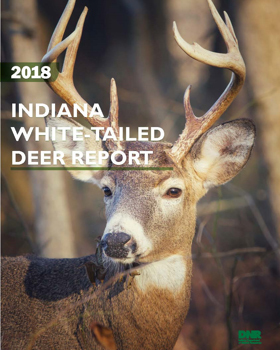 |
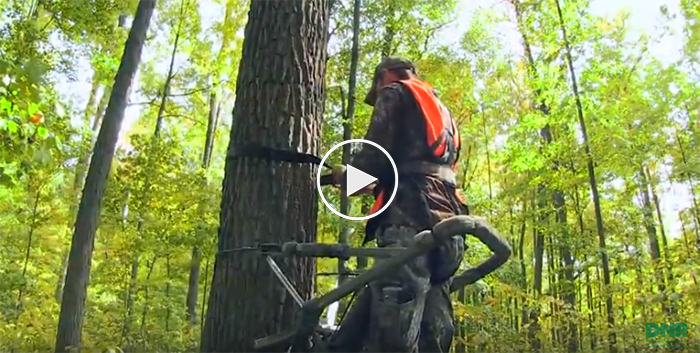
Watch this video about tree stand safety
Tree stand safety |
Tree stand accidents are the number one cause of hunter-related injuries every season. To avoid these accidents, follow these important tree stand safety tips this fall:
- Select the proper tree – never hang your stand in a dead or dying tree or a tree that is too big or small for your stand.
- Always inspect tree stands before and during the season – inspect the ladder steps and tree stand attachments to make sure everything is tightly secured to the tree.
- When using a climbing stand, make sure the two sections of your stand are attached together (safety cord or rope).
- Never hunt from a tree stand without a safety harness and safety rope – it only takes one fall to suffer a serious injury.
- Be aware of hazardous climbing conditions such as rain, sleet, snow or ice that may result in slipping.
- Always have three points of contact to your steps or ladder when climbing or descending – never climb with anything in your hands or attached to your back.
- Use a haul line to pull-up and lower your gear; always unload your firearm or bow before pulling them up.
- Always let family and friends know where you will be hunting and how long you plan to be out.
These tree stand tips will help make sure you’ll return safely home each and every hunt.
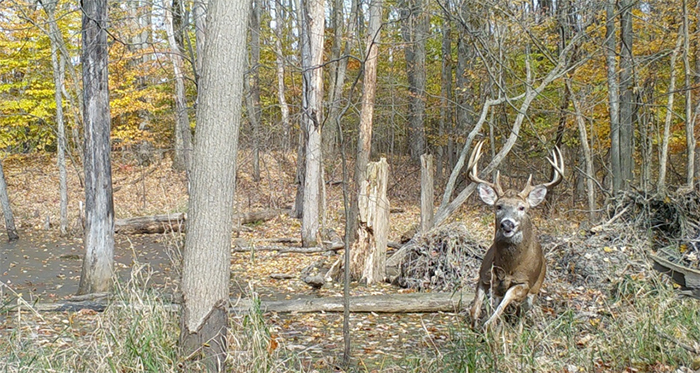
Deer Management Survey
|
The Deer Management Survey will be available again this year for any hunter and non-hunter who has an Indiana DNR account with a valid email address. This survey allows Indiana DNR to collect information about individual and deer demographics, public opinions on deer management, and deer trends for individual counties to incorporate into deer management decisions. |
 |
Buy your license | Where to hunt | Hunting guide
Having trouble viewing this email? View it as a Web page.





